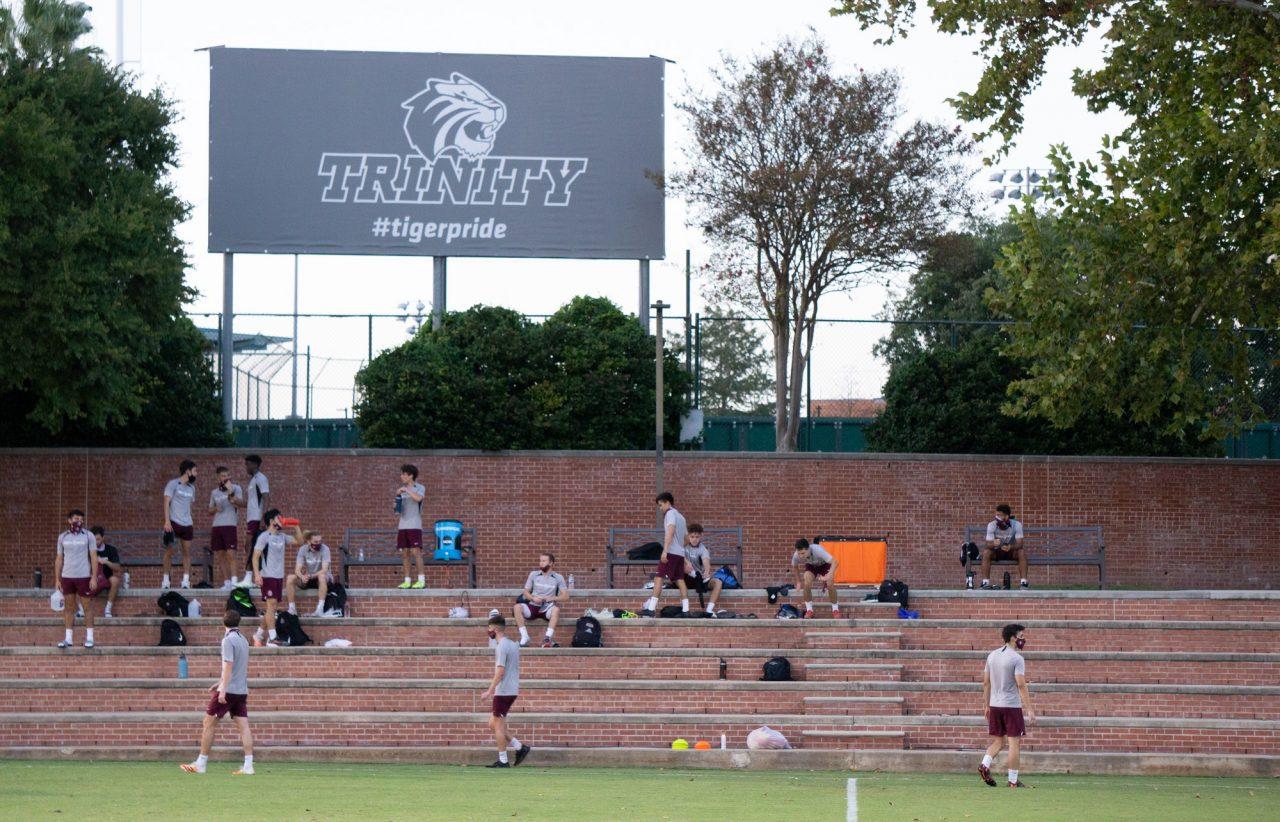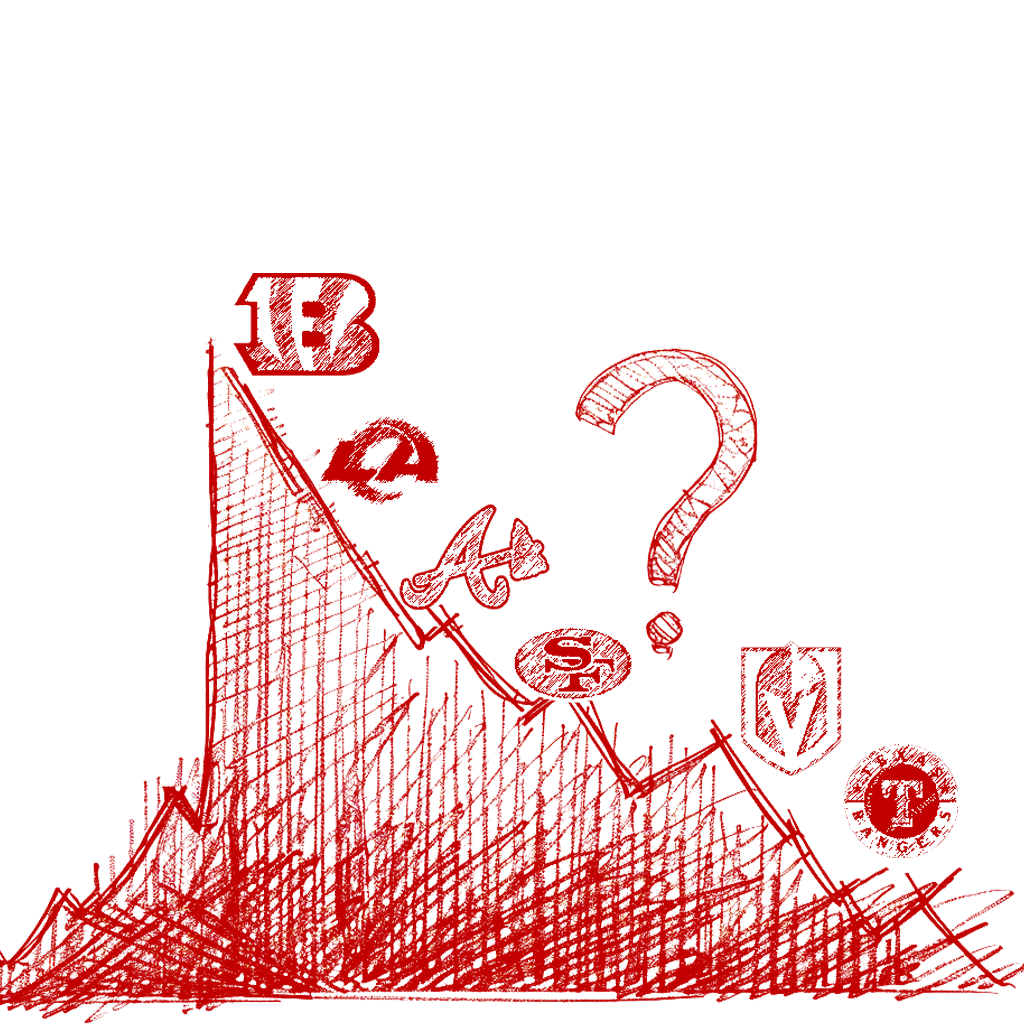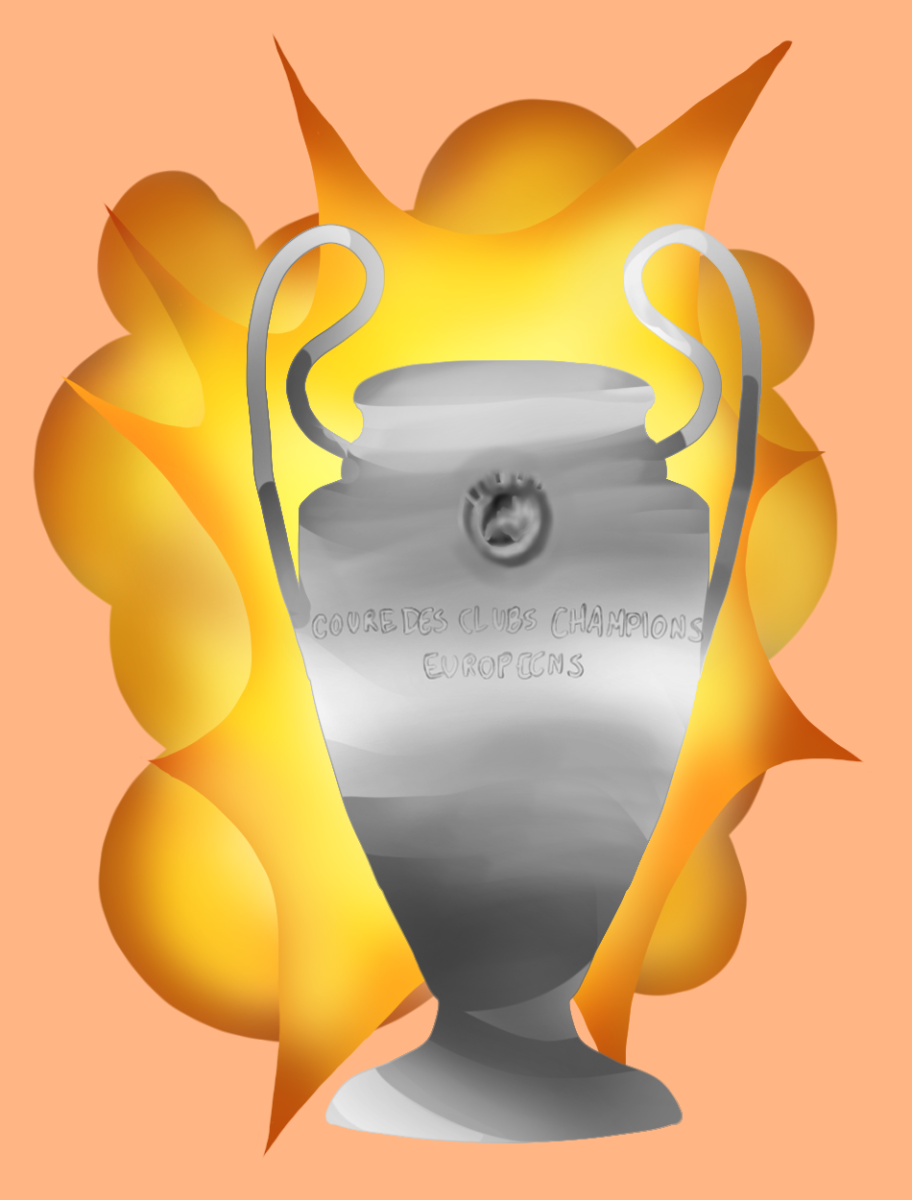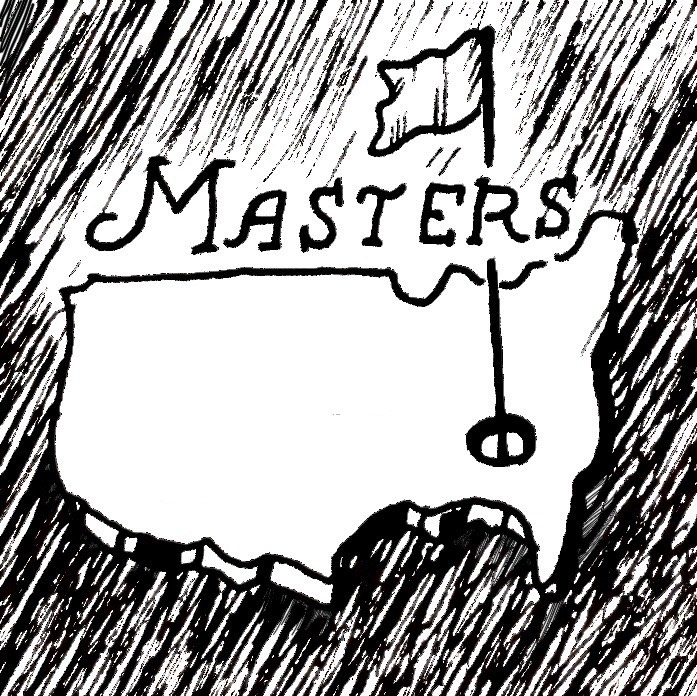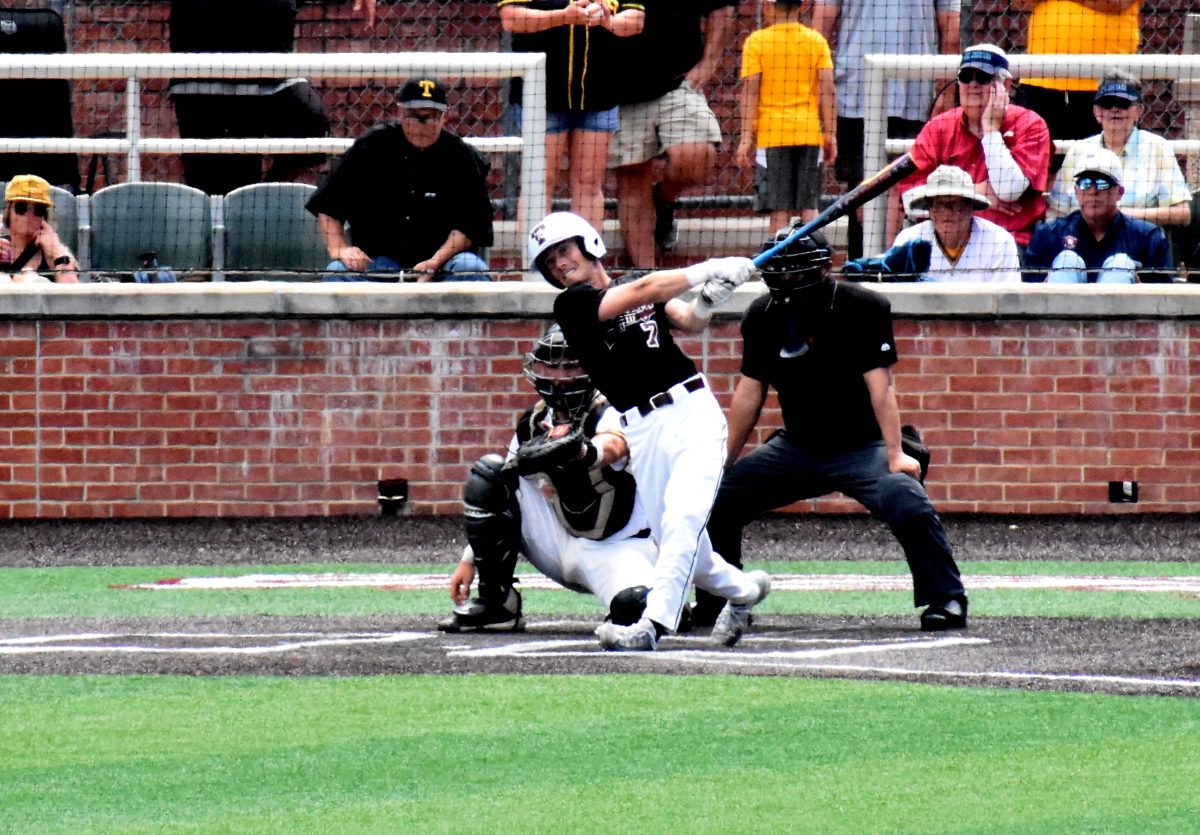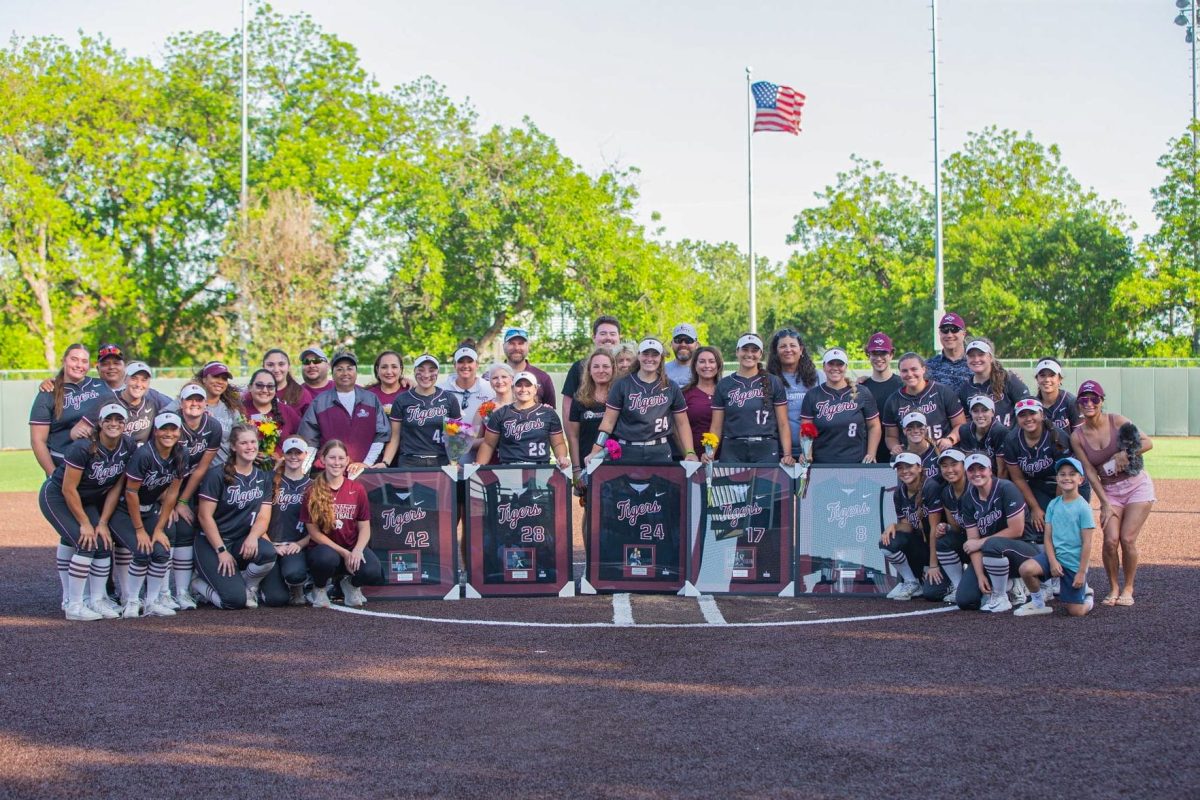image by Kate Nuelle
In mid-September, The Big Ten Conference and Pacific-12 Conference (Pac 12) reversed their decisions not to play in 2020, instead choosing to begin competition in late October and early November, respectively. A significant factor in each of their decisions was the capability of rapid, daily testing. The choice to continue sports despite health concerns is bringing to light not only the economic incentives to continue playing football but also the “amateur” status of players, which grants them little to no agency in this multibillion-dollar industry.
The Power Five, a group of major Division I college football conferences, including the Big 12, the Southeastern Conference (SEC), the Atlantic Coast Conference (ACC), the Big Ten and the Pac-12, generate massive amounts of money for their football programs and their athletic departments. The Equity in Athletics Data Analysis released a fiscal report documenting the 2017 revenues of 64 Power Five schools from lowest to highest. The lowest was West Virginia at $20.5 million and the highest was the University of Texas at $143.1 million. These numbers are the gross revenues, yet for many schools, after subtracting football expenses, there are still substantial profits to help fund other sports. For example, Texas had $101.8 million, and Georgia had $84.1 million in profits after its gross revenue of $129 million. In short, Power Five college football is a business. The money at stake for athletics departments is incredible and there is no denying that this has played a role in the decisions to continue college football during the pandemic.
The role of money in the continuation of sport is no secret: it is evident by professional sports continuing their seasons. However, professional sports don’t have the same restrictions that universities do in terms of how they can manage and treat players. At the start of the National Basketball Association (NBA) and Women’s National Basketball Association’s (WNBA) continuation, the leagues planned on creating “bubbles” for players, coaches and staff to ensure as much safety as possible. This meant obtaining hotels and practice areas where players could live and play with as little outside contact as possible. Of course, these measures have not been entirely successful or even implemented across all sports. However, the capability to do so is at least there.
On the other hand, for college athletes, the National Collegiate Athletic Association (NCAA) requires that all student residence halls for athletes must have at least 51% of the general population to ensure that no special treatment is being provided. College athletes are exposed to a lot more people and have little control over their own situation. Power Five college football players raise issues with the increased safety risk, especially since they are viewed as “amateurs” while coaches, staff, and universities profit from their actions. Football players have no voice and may even be fearful of speaking out, particularly if they are low-income and depend on the possibility of playing in the NFL to bring in financial support for their families.
“What the pandemic has done is make even more clear how it is past time to replace the term student-athlete with a more contemporary one: essential employee,” said Billy Witz, New York Times reporter.
Many college football players have opted out of the 2020 season because of health reasons or wanting to hold off for the NFL draft. Other players have used COVID-19 as an opportunity to advocate for greater agency for players. A group of Pac-12 players joined together using #WeAreUnited to demand better and fair treatment for players and the acknowledgment of racial inequity present in sports. Following this, another group of players came up with their own demands, using #BigTenUnited. This included criticizing the NCAA for its inability to create and regulate consistent safety practices for all schools. However, some players were hesitant with these demands and used the #WeWantToPlay to express their desire to continue the game regardless of COVID-19. Ultimately, these three groups were able to unite on the basic demands that athletes have a seat at the table, their voices be heard and that a college football player association is created.
“We just want to make sure players are being taken into account… because every decision that was made thus far regarding the season, in each respective conference, had very little [or] no player input. We wanted to change that,” said Stanford defensive end Dylan Boles in an interview with Yahoo! Sports.
COVID-19 has exposed some cracks in the foundation of college football and college sports in general that operate as if these athletes are just “amateurs” or regular students. With economic and safety stakes this high, COVID-19 has created an opportunity for players to speak out and demand more agency after years of being sidelined.

